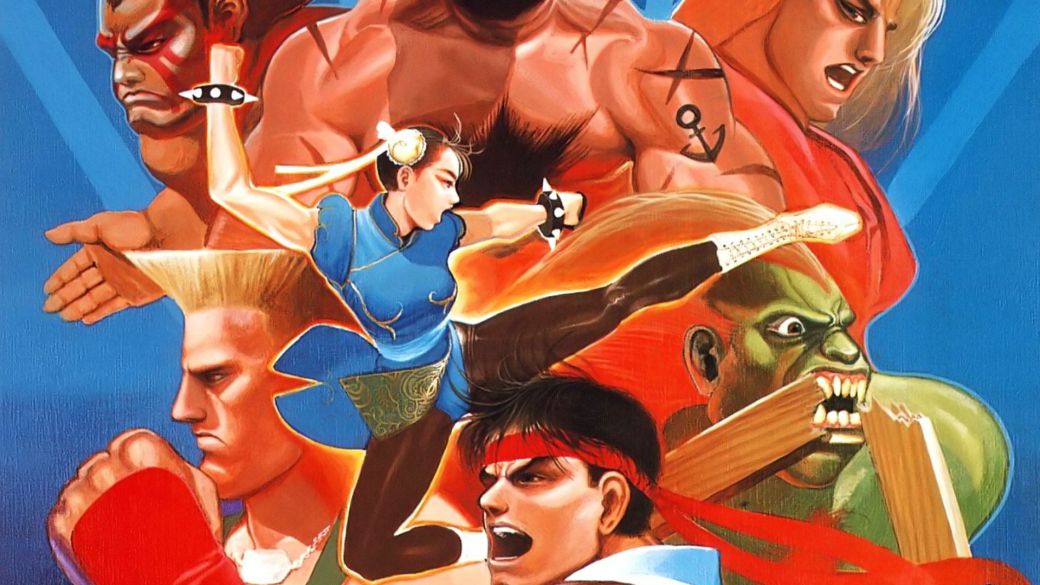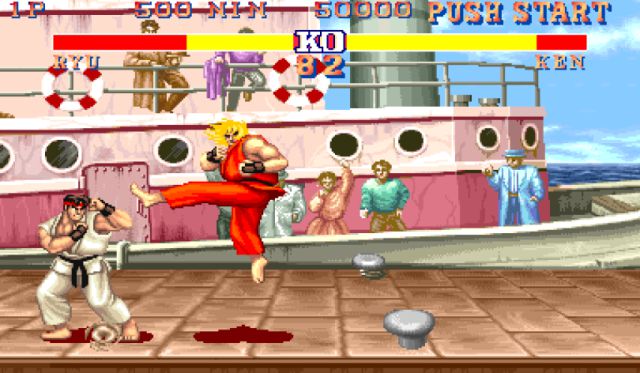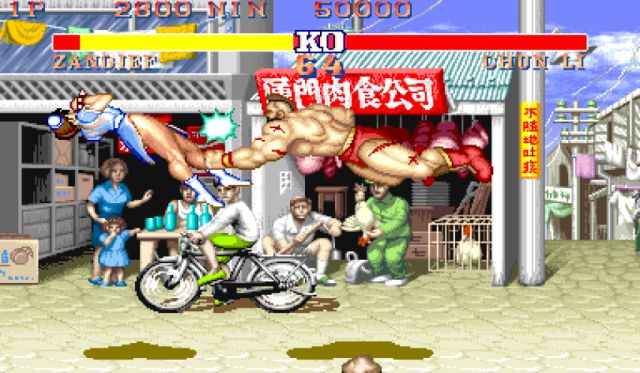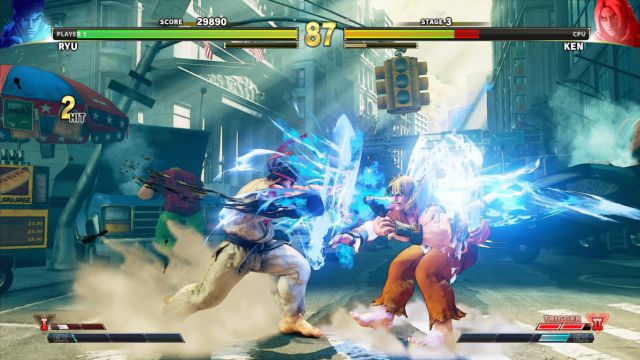
This month, Capcom’s legendary title reaches three decades of existence. We look back and remember its importance to the genre.
If you are among those who played it in its day, whether it was in the original arcade version or through one of the immediately subsequent console adaptations, perhaps the data will make you feel a little older. But it is true, Street Fighter II turns 30 in February 2021, although that does not change that it still remains today as one of the most remembered and awarded works of the medium.
Consolidating a whole genre
To be fair, although for some those thirty years may have flown by, the truth is that it is difficult to remember a time when fighting was not dominated by Street Fighter II and its imitators. In the same way that DOOM marked a before and after for First Person Shooters without being strictly the first – not even in Id Software’s history – talking about what Capcom’s pregame fighting was like requires doing an exercise in archeology because all the previous names, including that of the first Street Fighter itself, have remained as the prehistory of a genre that did not yet have a uniform identity.

Created by an internal Capcom team, Street Fighter II: The World Warrior (title of the initial release) was the result of attempting to refine the fundamentals of the first game and increase the number of available fighters – originally limited to Ryu, with the option of choosing Ken for multiplayer— but also a happy accident that mutated thanks to the appearance of some unintentional mechanics: both the elaboration and the cancellation of combos, key concepts of the genre today, were discovered during testing by developers that instead of removing them, they left them and even began to build more possibilities around them as they scheduled the revisions.
This semi-hidden depth, together with the clear graphical improvement, the excellent work with the animations -vital to make every impact satisfactory-, the possibility of replaying the arcade mode with various characters who had their own techniques and dialogue and the catchy soundtrack composed in largely by Yoko Shimomura (now best known for her work on role-playing franchises like Kingdom Hearts or Final Fantasy), they soon propelled Street Fighter II to stardom.

The original arcade was followed by versions with more characters (from eight to twelve in Champion Edition) and adjustments of some importance in combat (such as the higher speed of Hyper Fighting). It was an intense boom also replicated in the home format, with SNES in particular achieving unprecedented success: the original version surpassed 6 million copies sold, a figure that doubled after the arrival of Street Fighter II Turbo and The New Challengers in the subsequent years.
The legacy of Street Fighter II
As expected, such success was not limited to reviews and also led to a good number of sequels – apart from films and other derivative products – that even today, 30 years later, maintain the saga as one of the most recognizable in the medium. . Characters like Ryu and Chun-Li or terms like Hadōken transcend the genre and are an inseparable part of the gaming culture regardless of consoles or times. But its influence goes even further. Its premiere was a paradigm shift, it invited to see the fight not only as an exchange of blows between two characters, but also a duel of knowledge and skills between two players.

Whether directly or as a result of social osmosis, the saga that does not have part of its roots linked to Street Fighter II is rare, call it Dead or Alive, call it Tekken or call it BlazBlue. Although limited and perhaps unbalanced in modern eyes, the game laid the foundation for a competitive scene that now translates into dozens of tournaments across the globe and thousands of webcasts. So this month, anniversary or not, it’s worth stopping for a couple of minutes, reaching for one of the many versions available, and appreciating how much it meant and how much fun it can still be despite all these years. .

